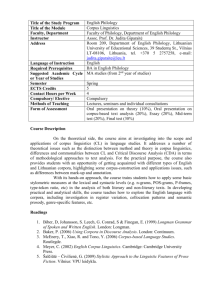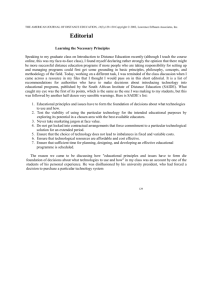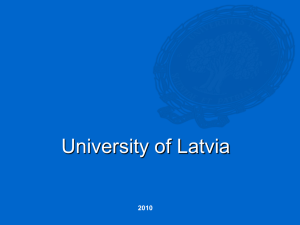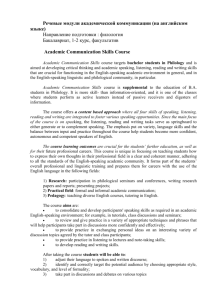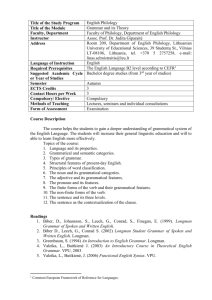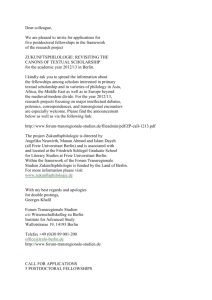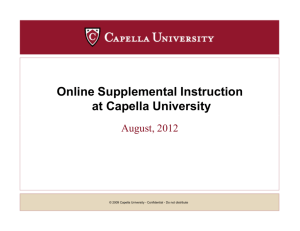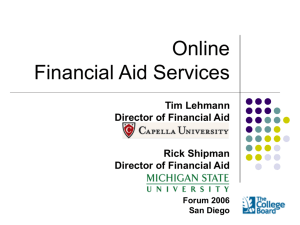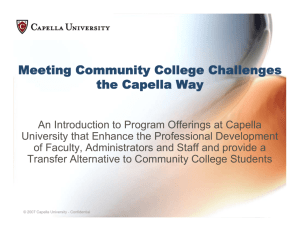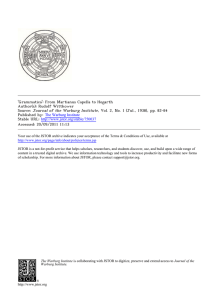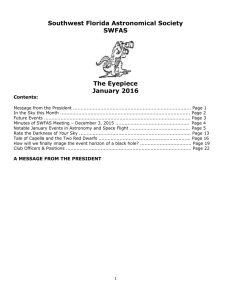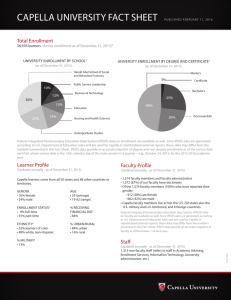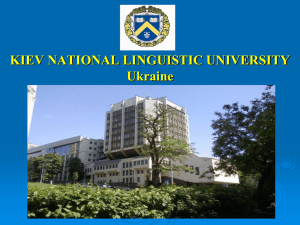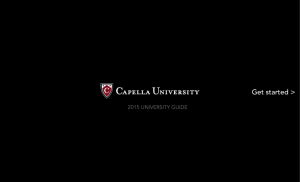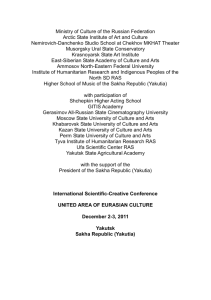See abstract.
advertisement
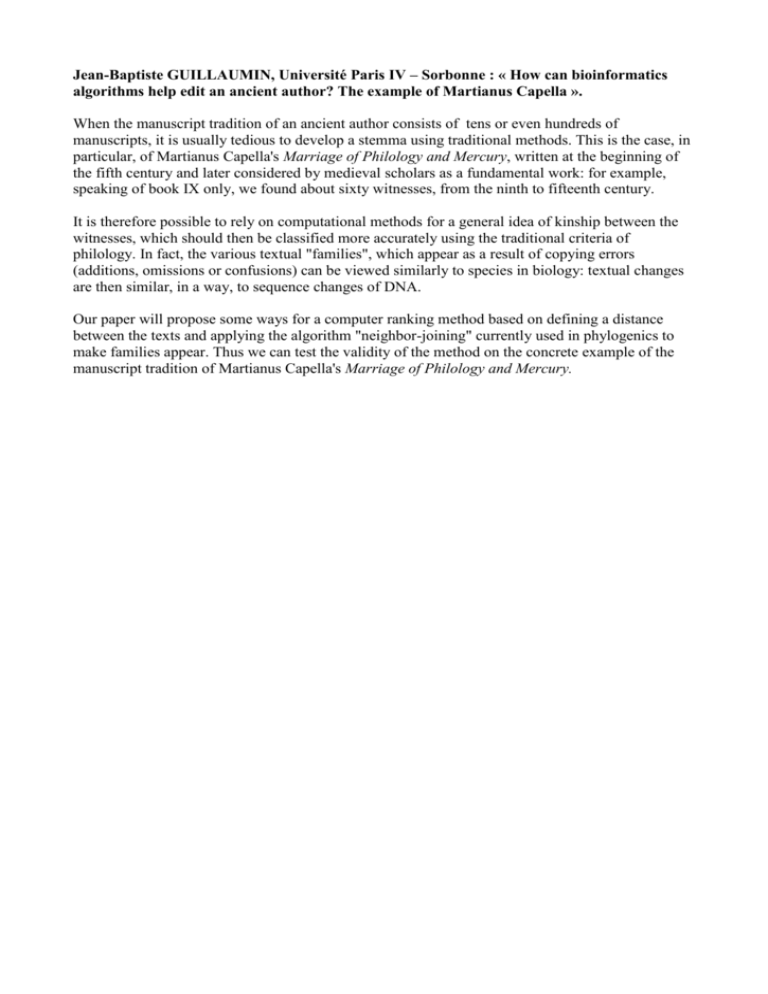
Jean-Baptiste GUILLAUMIN, Université Paris IV – Sorbonne : « How can bioinformatics algorithms help edit an ancient author? The example of Martianus Capella ». When the manuscript tradition of an ancient author consists of tens or even hundreds of manuscripts, it is usually tedious to develop a stemma using traditional methods. This is the case, in particular, of Martianus Capella's Marriage of Philology and Mercury, written at the beginning of the fifth century and later considered by medieval scholars as a fundamental work: for example, speaking of book IX only, we found about sixty witnesses, from the ninth to fifteenth century. It is therefore possible to rely on computational methods for a general idea of kinship between the witnesses, which should then be classified more accurately using the traditional criteria of philology. In fact, the various textual "families", which appear as a result of copying errors (additions, omissions or confusions) can be viewed similarly to species in biology: textual changes are then similar, in a way, to sequence changes of DNA. Our paper will propose some ways for a computer ranking method based on defining a distance between the texts and applying the algorithm "neighbor-joining" currently used in phylogenics to make families appear. Thus we can test the validity of the method on the concrete example of the manuscript tradition of Martianus Capella's Marriage of Philology and Mercury.

